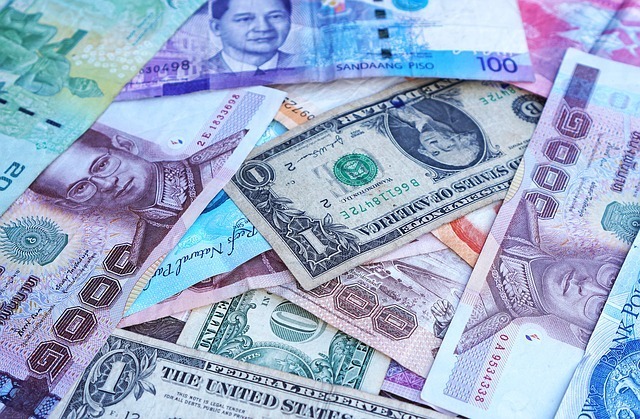USD: The USD continues to struggle after the most recent US PMI survey revealed an unexpected decline in business activity last week. As a result, although this has indeed contributed to a reduction in the recent strength of the USD, it seems to be more of a tactical retreat than a severe downturn.
Even after the European Central Bank (ECB) shocked the market by hiking interest rates by 50 basis points to bring an end to the period of negative interest rates, the prevailing narrative on Europe is still pessimistic. The growth narrative is more important than the normalization prognosis for the time being, which means that the preference for Euro exposure is on the short side.
We will receive our first glimpse at the GDP report for the second quarter of the United States this week. The consensus anticipates a modest increase of 0.4 percent. According to the Atlanta Fed’s GDPNow model, there is an increased probability that the number would reflect a contraction. If this were to occur, it would represent a technical recession after the 1.6 percent decrease in the first quarter.
Treasury Secretary Yellen chimed in over the weekend on the impending GDP report, saying that even if the figure is negative, the United States is not in a recession right now, citing the fact that the labor market is “substantial.” Because a former chair said this of the Federal Reserve, I believe it is essential to take notice of what was said since it may provide some insight into the thinking of the FOMC—indicating that the Federal Reserve will probably keep up its aggressive approach of tightening monetary policy even if it is working against the robustness of the labor market.

In general, the trend of the USD has been described by the 21 and 55-day moving averages. Although lower yields and an increase in risk sentiment have contributed to a decline in the USD’s value, the most recent price action is most likely indicative of a bear market rally because the path of least resistance continues to be downward in the context in which it is occurring.
EUR: The worst-case situation was averted last week due to Russia resuming gas shipments through the Nord Stream 1 pipeline following the yearly maintenance performed. Nevertheless, gas flows have only returned to the pre-maintenance levels of 40 percent, which will continue to be a burden on the Euro Area in the months to come. As a result of this, it is difficult to subscribe to the notion that the Euro is capable of making a significant reversal.
As a result, the preference continues to be to sell into rallies, especially with EUR/USD trading below significant resistance around 1.0340-60 and its 55-day moving average (circa 1.0450). While hawkish remarks from ECB’s Kazaks and the Kremlin claiming that they have no wish to shut off gas supplies to Europe have helped raise the Euro over 1.0200, near-term resistance is positioned around 1.0280, a level that witnessed numerous failures last week.
AUD: Traders in Australia will be keeping a close watch on local data ahead of the publication of the Quarter 2 Australian Inflation report on Wednesday. At this point, the money markets are pricing in a change of 50 basis points for the subsequent meeting, which would bring the cash rate to 1.85 percent. If we see a substantial upside surprise in headline inflation, this might result in market pricing in a higher scale increase.

